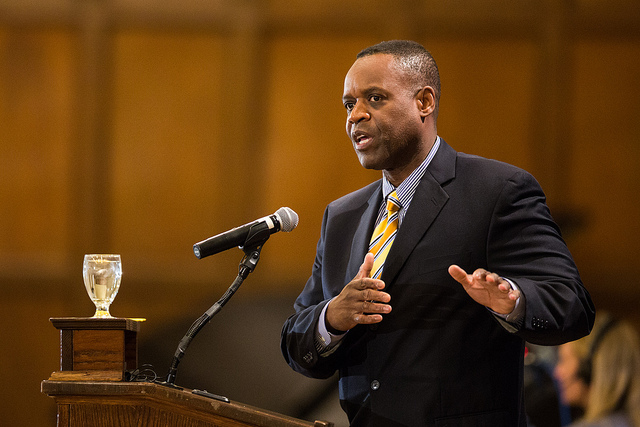
The State Employees Association of North Carolina (SEANC) smelled something fishy going on at the North Carolina Treasurer’s office even before they hired a consultant to investigative the fees paid to the Wall Street money managers who handle the state’s pension funds.
The ensuing investigation found that North Carolina isn’t just paying sky-high fees—the state is hiding them, as well.
According to the hired consultant, North Carolina paid a whopping $416 million in fees to Wall Street last year alone; the fees went primarily to Franklin Street Advisors, the firm that manages much of North Carolina’s pension fund assets.
The consultant hired to investigate, Edward Siedle, provides more details at Forbes:
Indeed, it appears that the massive hidden fees she’s not disclosing dwarf the excessive fees she has. For example, the fee information provided to SEANC indicates that…the pension paid $1.8 million in asset-based fees and $800,000 in incentive fees, or a total of approximately $2.6 million for managing approximately $360 million. This amounts to an apparent 50 basis point asset-based fee and a 5 percent incentive fee. (To date the Treasurer has failed to provide the investment advisory contracts which recite, in part, the fees money managers charge the pension.)
Since Franklin Street is a fund of funds, the underlying hedge fund managers are generally paid a 2 percent asset-based fee and a 20 percent incentive fee. It appears that the Treasurer is not disclosing the significant fees paid to the underlying hedge fund managers actually managing the money—fees which are far greater than Franklin’s fees for simply overseeing them.
It appears that the undisclosed underlying fees related to the Franklin investment alone—just one of the hundreds of funds in which state pension has invested—amount to $7.2 million in asset-based fees and $3.2 million in incentive fees or $10.4 million in 2013.
Since it appears that Franklin has managed this account for approximately 12 years, the undisclosed asset management fees paid to this manager alone appear to exceed $120 million.
However, based upon a review of relevant SEC filings, it appears that there may be additional significant fees, amounting to an estimated $3 million annually, paid to Franklin that are not disclosed.
A spokesman for the state’s Treasurer’s office claimed the consultant, Siedle, drew his conclusions by making assumptions that are “not based on conventional industry standards.”
The spokesman also said the fees paid to its money managers are in line with what other states pay.
A recent study by the Maryland Public Policy Institute examined the relationship between the performance of public pension funds and the investment fees they pay. The study found that, over the last 5 years, the pension funds of the 10 states that paid the least amount of fees all outperformed the funds of the 10 states paying the highest fees.
Photo Credit: Manu-H via Flickr Creative Commons License




